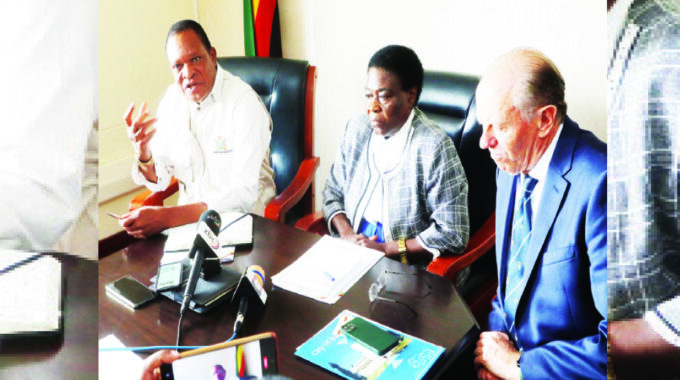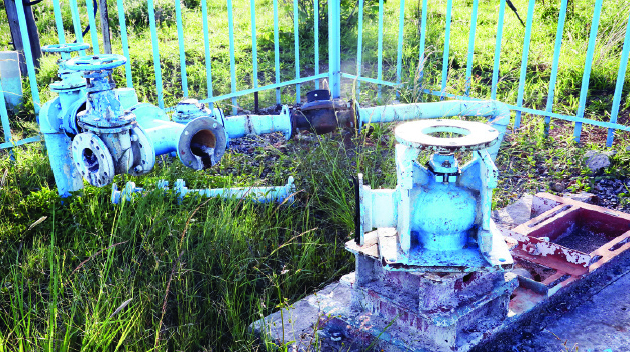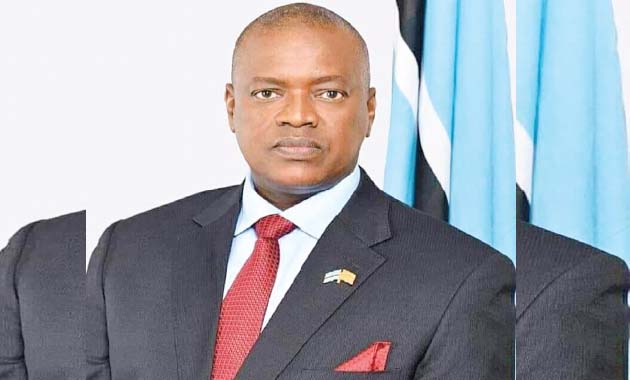Government acts on Bulawayo…State security to guard borehole infrastructure

Sikhumbuzo Moyo, [email protected]
GOVERNMENT has moved in to address the water crisis facing Bulawayo by repairing 35 out of 60 boreholes at the Nyamandlovu Aquifer while 83 sites have been identified for drilling more boreholes within the city as part of emergency measures.
The repaired boreholes in Nyamandlovu are already pumping 12 megalitres of water per day into the city with a target to increase the volumes to a minimum of 16 megalitres once the remaining 25 boreholes are repaired.
According to the Bulawayo water crisis technical committee chaired by Engineer Annatoria Chinyama, the repair of the remaining boreholes will be completed within the next 100 days following a further extension of their mandate by the Minister of Lands, Agriculture, Water, Fisheries and Rural Development, Dr Anxious Masuka.
The 20-member technical committee was appointed by President Mnangagwa in November last year and was given a 100-day mandate, which saw them repair the 35 boreholes, a task which was slowed down by theft and vandalism of equipment.
To mitigate against the theft and vandalism menace, Minister Masuka, who was in the city yesterday and met Bulawayo Minister of State for Provincial Affairs and Devolution, Cde Judith Ncube, at the Mhlahlandlela Government Complex, told the media following a review meeting with the technical committee that Government has since resolved to deploy state security apparatus to guard the boreholes, a further confirmation that the Second Republic is committed to solving the Bulawayo water crisis.
“We requested them (the technical committee) to redouble their efforts and ensure that the Nyamandlovu Aquifer is able to give us the maximum that it was designed for,” said Dr Masuka.
“At the moment we are getting 12 mega litres per day delivered and we think that the minimum should be 16 megalitres.
“As for vandalism that is taking place there, we are going to activate the state security apparatus to ensure that it is nipped in the bud and those that have the predilection to vandalise are here and now warned,” said the minister.
He said positive progress has been made regarding the rehabilitation of the boreholes, adding that the Epping Forest Rochester system will also be up and running soon after addressing the three major areas of concern such as inconsistent electricity supply, which has largely been resolved, and vandalism of transformers, which have been replaced by a different model that makes it difficult to vandalise.
Minister Masuka said while there have been cases of theft and vandalism, a visit by a ministerial delegation accompanied by security details last year resulted in certain measures being put in place, which have drastically reduced such incidences.
As part of the complimentary emergency aspect, he said the Government has embarked on an enhanced borehole drilling project hence 83 sites have been found with 22 certified suitable while 15 have since been solarised for use by residents.
Within the next two months or so, Dr Masuka said the 83 sites must be fully operational.

One of the vandalised boreholes at the Nyamandlovu Aquifer
He acknowledged that Bulawayo, through the city council, has presented a proposal for a private sector investment at Glass Block Dam in Insiza and the technical team was tasked to expedite the evaluation process so that the approvals can be granted formally for that complimentary investment.
On the issue of declaring the Bulawayo water crisis a state of disaster, Minister Masuka said: “It’s not just people wishing to have a crisis declared, it’s a factual scientific approach. The dams and their capacities are known, and the conveyancing is known, so we need to be able to get factual information regarding what quantities of water we have, and evaporation that is likely to take place.
“And from that information, we will know whether we have enough water to last us until the next rainy season for us to make a decision, which is grounded on facts.”
The second-largest city is facing a catastrophic water crisis, which has seen the imposition of a 120-hour shedding schedule as the council struggles to pump enough raw water into its reservoirs as a result of depleted water levels in its supply dams coupled with a long-standing fault at the Ncema Pump Station.
Some residents have gone for nearly three weeks with dry taps, forcing communities to get water from unclean sources, which increases the risk of waterborne diseases such as cholera.
The Bulawayo City Council believes that the top three short to medium-term solutions to the crisis lie in the urgent construction of Glass Block Dam in Insiza District, Matabeleland South, repairing the Ncema water treatment plant and the rehabilitation of boreholes at the Nyamandlovu Aquifer.









Comments